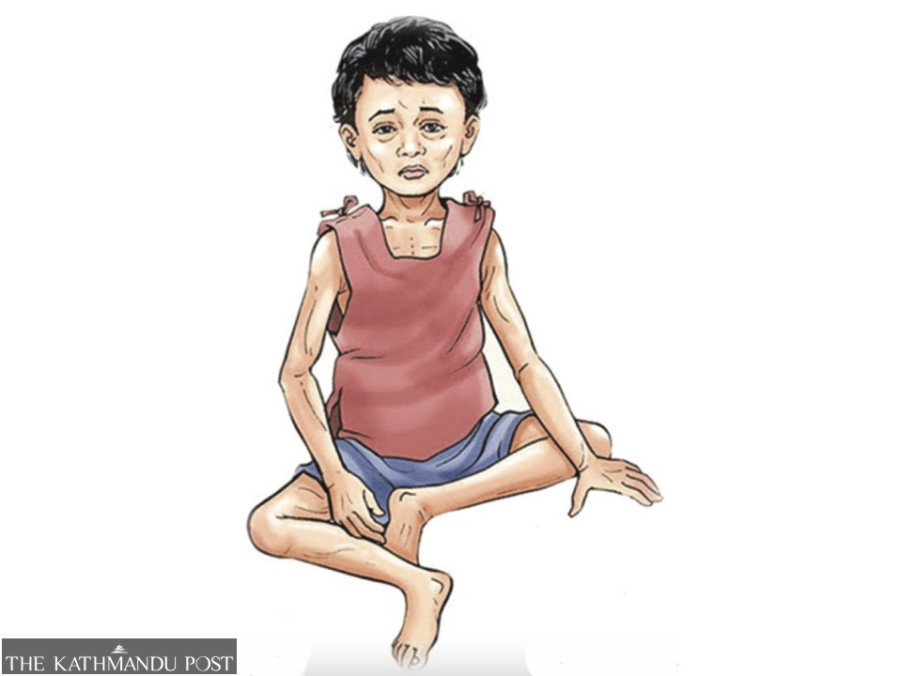Health
Survey shows bleak picture of nutrition in Tarai
Reports high prevalence of an acute form of malnutrition.
Arjun Poudel
Madhesh Province, which is called the food basket of the country, has serious hunger problems, according to the preliminary report of a ‘smart survey’ carried out by the Ministry of Health and Population in the last fiscal year.
The report shows that nutritional problems such as wasting, stunting and underweight in children under five years of age are more serious than what was shown by the results of the National Demographic Health Survey carried out in 2022, said Lila Bikram Thapa, chief of the Nutrition Section of the Family Welfare Division under the Department of Health Services.
“The final report has yet to be unveiled, as the study is ongoing in Kapilvastu of Lumbini and quake-affected districts of Karnali but the preliminary report of Madhesh Province shows alarming condition,” Thapa said.
The NDHS-2022 shows that the proportion of stunted children is highest in Karnali Province at 36 percent, 29 percent in Madhesh, and the lowest 18 percent in Bagmati. Wasting is highest in Lumbini Province at 16 percent, followed by Madhesh Province at 10 percent.
Overall, 25 percent of children under the age of five throughout the country are stunted (short for their age), eight percent are wasted (thin for their height), 19 percent are underweight (thin for their age) and one percent are overweight (too heavy for their height).
Wasting or low weight for a particular height is an undernutrition condition, which is a strong predictor of mortality among under-fives, according to the UN health agency. Wasting in children is associated with a higher risk of death if not treated properly.
Experts say that nutrition has a direct link with the overall development of the country.
Malnutrition affects the physical as well as mental growth of children, which ultimately affects the country’s economic health, they add.
Health officials said that stunting and wasting are the most immediate, visible, and life-threatening forms of malnutrition. They concede that a high prevalence of wasting means children of the said age group are not getting enough nutritious foods and they are braving poor water and sanitation conditions.
Nepal also has an international obligation to improve the condition of malnourished children.
The country needs to reduce stunting to 15 percent from the existing 25 percent by 2030 to meet the United Nations-backed Sustainable Development Goals (SDGs) targets, wasting to 4 percent from the current eight percent, and underweight to 10 percent from the existing 19 percent.
SDGs, a follow-up on the Millennium Development Goals (MDGs), aim to end poverty, hunger and all forms of inequality in the world by 2030. Nepal has committed to meeting those goals.
Thapa informed that the ‘smart survey’ is being carried out with the technical and financial support of UNICEF.




 8.12°C Kathmandu
8.12°C Kathmandu













%20(1).jpg&w=300&height=200)
